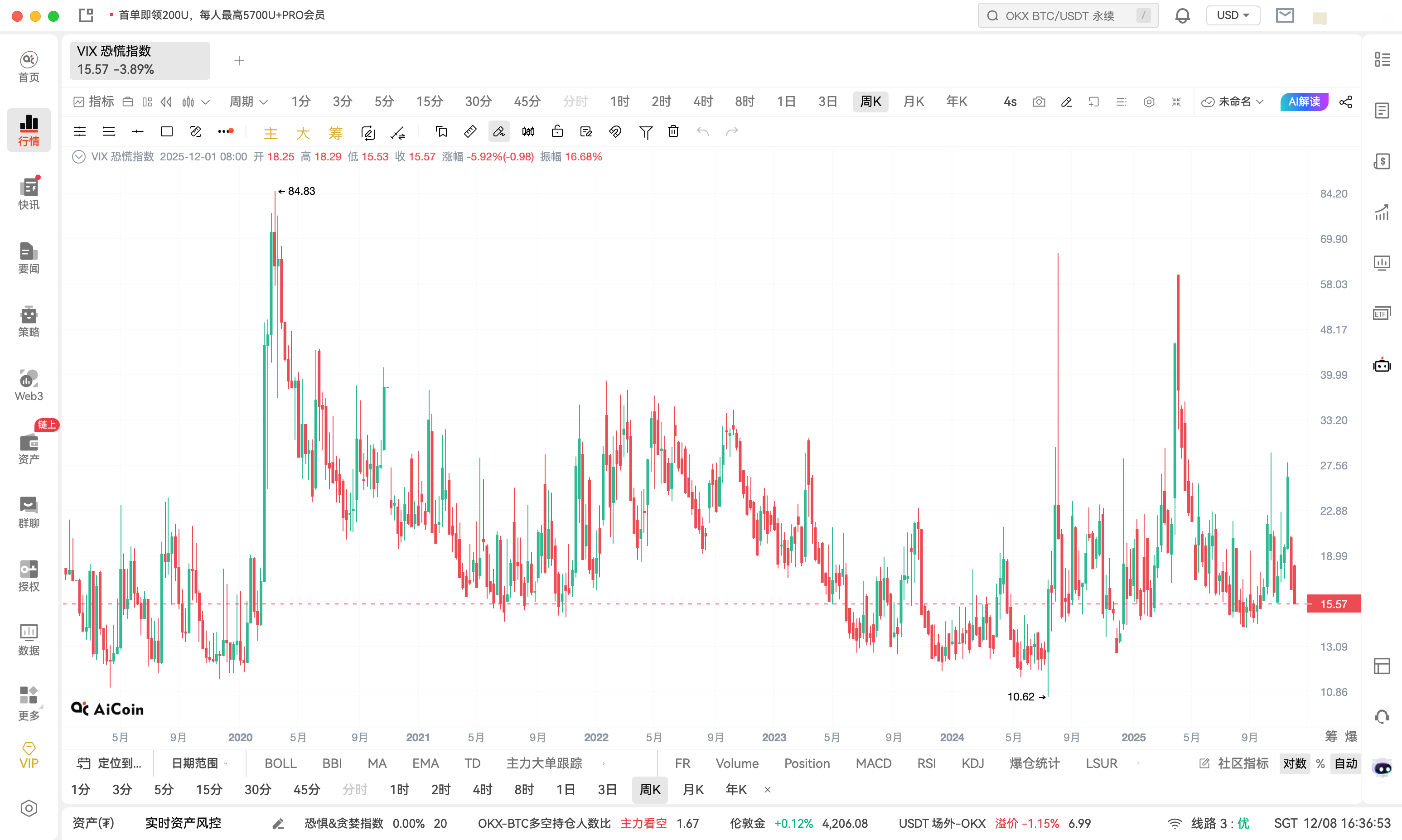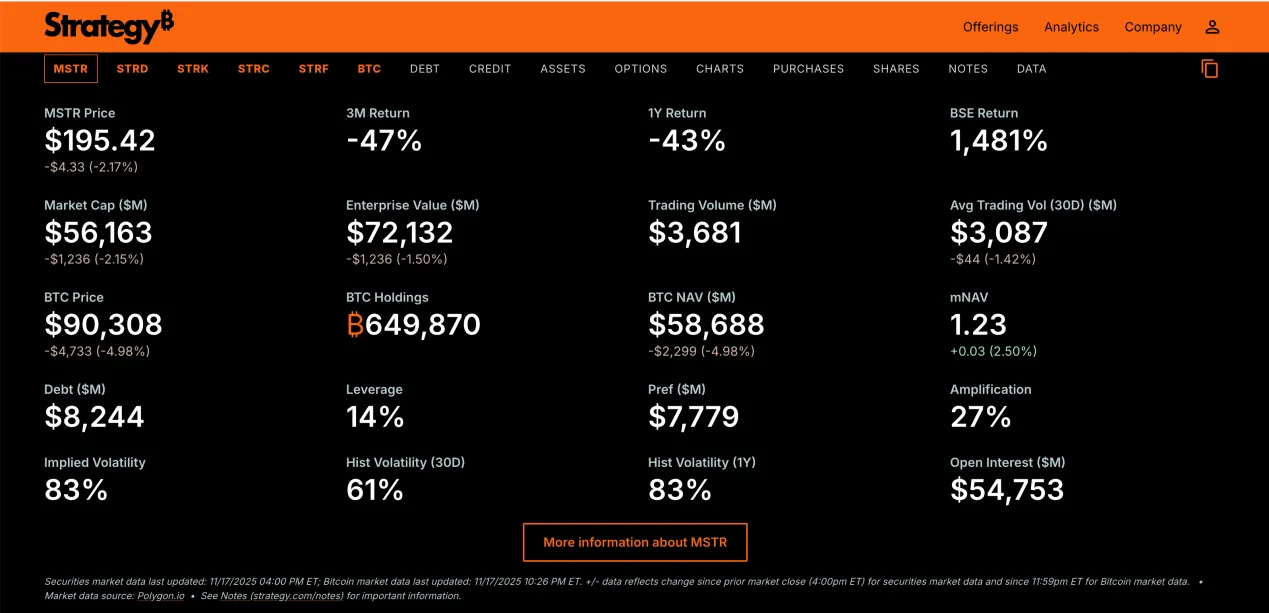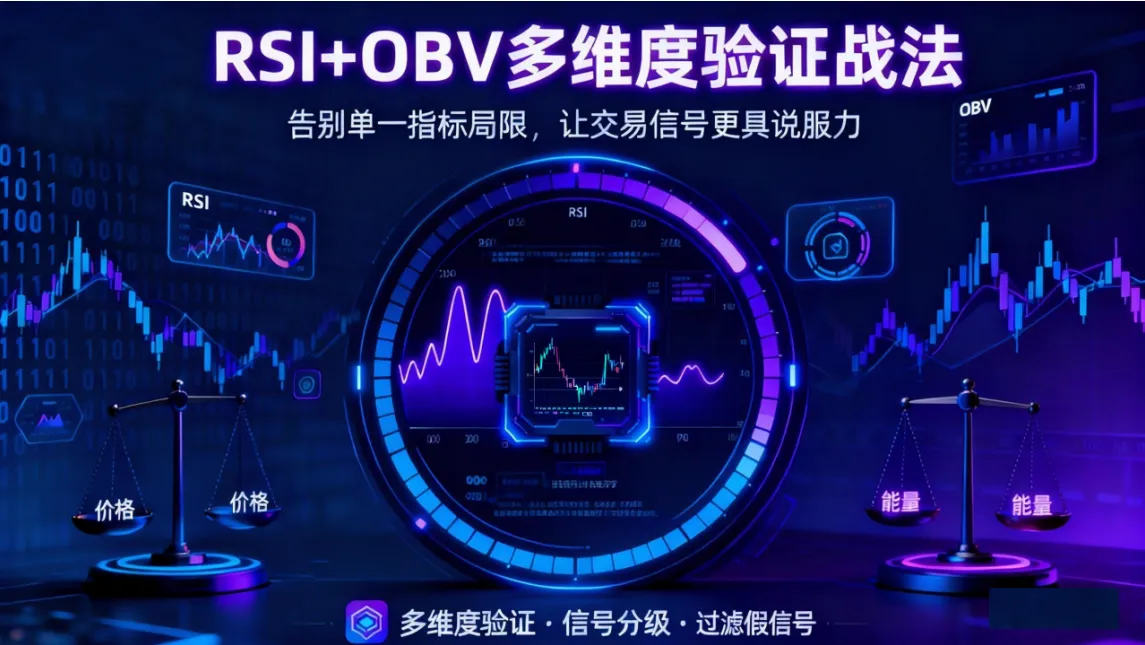In the midst of strategizing, we can win from a thousand miles away. Hello everyone, I am Lin Chao, a global financial market observer, focusing on cryptocurrency market analysis, bringing you the most in-depth trading information analysis and technical teaching.

Yesterday, an old fan reached out to Lin Chao to discuss his trading bottleneck—despite strictly following a trading signal, he still could not escape the fate of long-term losses, and even when the market moved according to his plan, he couldn't hold on to his positions.
This formed a vicious cycle: small gains, large losses. This issue is something many beginners often encounter.

After hearing his brief account, my first reaction was: "A trading signal? Does it refer to trading based on a single market condition?" He confirmed, and introduced his trading strategy in just one sentence. His problem was obvious—trading strategies need to rely on multiple market conditions to stack advantages and achieve a higher win rate through multiple confirmations, while relying solely on one market condition is far from sufficient. This is also why Lin Chao not only analyzes the technical aspects and market sentiment in the article but also shares fundamental (news) analysis with everyone.

In trading, although there is a saying that "the simplest path is the best," which tells us that we do not need to use complicated and flashy analytical methods when trading, the simpler and more understandable the analysis tools, the more immediate the results. However, to use an analogy, relying solely on one component cannot send a rocket into space, and merely repeating a sweet phrase cannot win the heart of a loved one. Trading, launching rockets, and falling in love are similar; we need to combine various market elements to piece together a complete trading system to achieve a higher win rate.

So generally speaking, how many conditions should we include in a trading strategy? This completely depends on your own trading style. If you are an aggressive trader who spends a lot of time monitoring the market and is willing to execute as many trades as possible, you can include 3-4 market conditions in your trading strategy. Conversely, if you are a more conservative trader who spends little time monitoring the market and fears losing money more than wanting to make money, you can include 5-6 market conditions in your trading strategy. This way, while trading opportunities decrease sharply, the win rate will also improve.

Lin Chao believes that the so-called "the simplest path is the best" refers to the underlying logic behind technical analysis being "simple," and the psychological state behind the market being "simple," but it does not mean that we can cut corners in the process of analyzing the market—rushing into the market based solely on one trading indicator reaching a certain level is something everyone should keep in mind.

The second point is the inability to hold profitable positions.
In fact, most people face a common psychological issue—clearly, they have made trading decisions based on rational analysis, but once executed, they cannot hold the positions, and at the slightest market fluctuation, they can't help but close their positions, failing to maximize profits. How can we overcome this psychological issue?

First, Lin Chao believes that the root cause of the inability to hold positions is a lack of confidence in decision-making. In other words, at the current state, your deep subconscious does not fully recognize your decision logic, which leads to great fear after placing an order. For these individuals, the best way to boost confidence is to enhance their cognitive level, using a small amount of capital over a long period to validate their trading strategies, combining more market conditions, and further improving and refining their trading strategies. After going through this slow-paced practice process, you will gradually recognize and accept your trading decisions, naturally building trading confidence. Especially in the early stages, do not operate with large amounts of capital; excessive pressure and responsibility can be overwhelming, and the mismatch between ability and work is a direct source of fear.

There is also a physical method: reducing monitoring time to reasonably avoid psychological issues.
The first point requires long-term accumulation, so aside from long-term cognitive improvement, is there a quick way to help us overcome this issue? The answer is yes, simply put—avoidance. In a favorable market trend with smooth trading, after entering a trade, we can set automatic take-profit and stop-loss prices based on a certain risk-reward ratio, then close the software and let the market play out freely, no longer exercising our subjective initiative. During the holding period, we need to divert our attention as much as possible, quietly waiting for the trading result notifications, leaving everything else to probability. It goes without saying that the process of holding positions is a high-risk area for psychological issues; many decisions we make during this process are inevitably disturbed by our mindset, thus lowering the win rate. Therefore, during this period, not making any decisions is the best decision; as the saying goes, not executing any position management is the best position management, completely eliminating the impact of psychological issues on trading during the holding process. Of course, this method is only suitable for relatively pure trending markets; if the market is complex and volatile, please use it cautiously. The most important thing is to remember to set automatic take-profit and stop-loss ranges for every trade order.

Lin Chao's Summary
In addition to market and fundamental analysis every day, Lin Chao also aims to improve the psychological issues that can easily arise during long-term trading processes, although this may not apply to everyone. Each person's state and position can affect their trading mindset. Therefore, there is no need to overly magnify psychological issues; you can try according to your own situation. There are many commonalities in psychological issues in trading, and you can also refer to Lin Chao's previous articles on trading psychology, hoping to inspire everyone. Thank you all for your attention and recognition. If you have any questions about future trends, positions, or trading psychology, feel free to message Lin Chao, and I will reply upon seeing it.

For real-time consultation, please follow the public account: Lin Chao on Cryptocurrency.
免责声明:本文章仅代表作者个人观点,不代表本平台的立场和观点。本文章仅供信息分享,不构成对任何人的任何投资建议。用户与作者之间的任何争议,与本平台无关。如网页中刊载的文章或图片涉及侵权,请提供相关的权利证明和身份证明发送邮件到support@aicoin.com,本平台相关工作人员将会进行核查。




